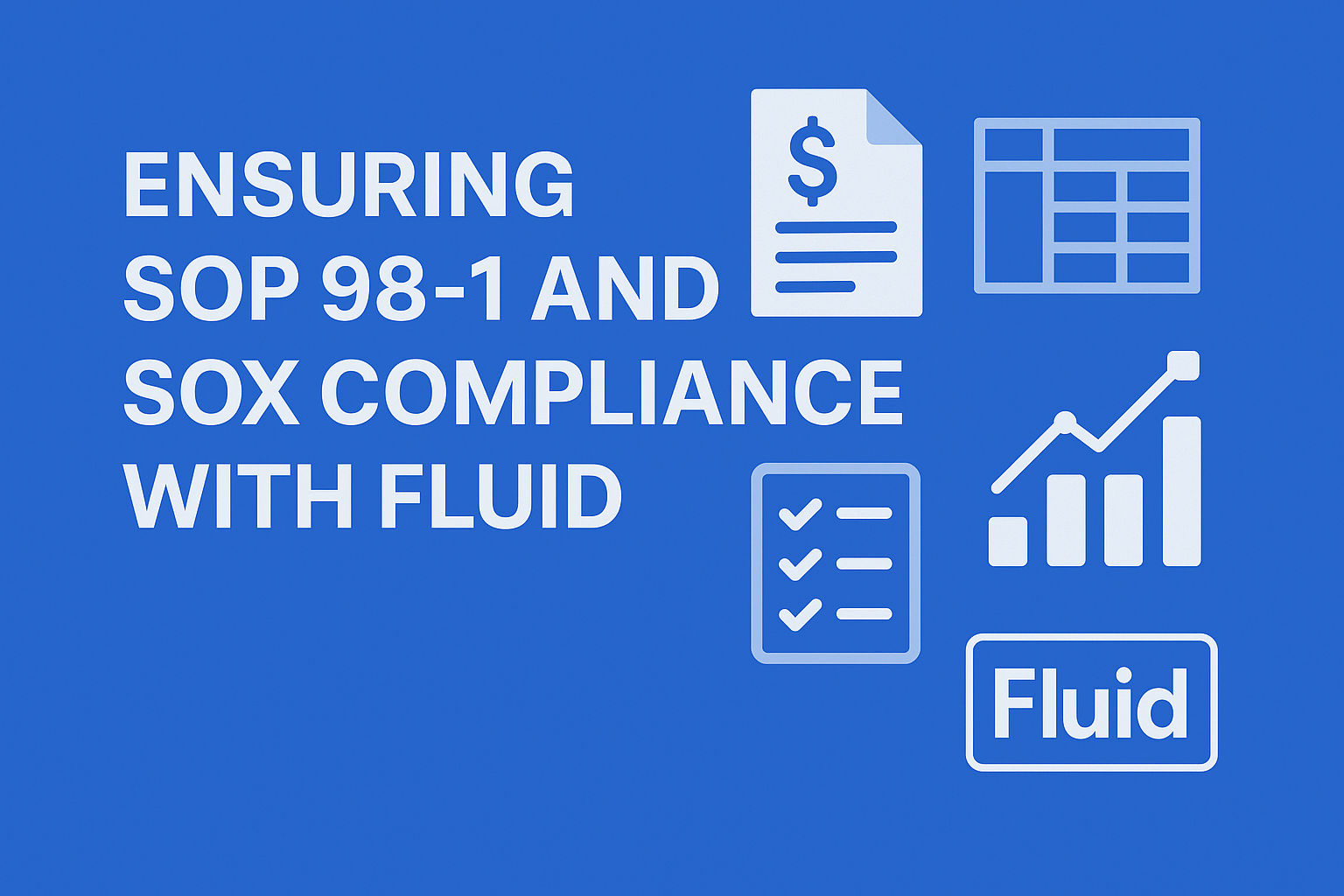Top 10 best practices for resource capacity planning

Why is resource capacity planning important
Resource capacity planning is a critical process in project management that involves identifying the resources needed for a project, ensuring that those resources are available, and allocating them in an efficient and effective manner. Effective planning can help ensure that projects are completed on time and within budget, while also maximising the use of available resources and minimising the risk of overloading or underutilising them.
Resource capacity planning helps ensure that the right people are assigned to the right tasks at the right time, which is essential for maximising productivity and minimising delays. It also helps identify potential resource shortages or bottlenecks before they occur, allowing project managers to take proactive steps to address them.
Top 10 best practices
These best practices can help project managers effectively manage resources, optimise workloads, and ensure project success. Using project management software such as Fluid can also help with effective resource capacity planning by providing real-time data, automated processes, and collaboration tools.
1. Develop a realistic project plan:
A realistic project plan is essential for effective resource capacity planning. A well-structured project plan should outline the scope, deliverables, timeline, budget, and of course, resource requirements.
2. Identify resource requirements:
Determine the resources needed to complete each project task or activity, including personnel, equipment, and materials. It is essential to consider skill sets, availability, and workload for each resource.
3. Assess current capacity:
Assess current capacity by analysing the availability, workload, and capacity of each resource. You can use historical data to estimate the availability of resources and to identify peak work periods.
4. Identify resource constraints:
Identify potential constraints that could impact the availability of resources. This could be holidays or training days.
5. Use a resource allocation matrix:
A resource allocation matrix is a useful tool for identifying resource gaps and for allocating resources based on availability and workload.
6. Prioritise workloads:
Prioritise workloads based on the project's critical path, resource availability, and other factors to ensure that high-priority tasks are completed first.
7. Use PPM software:
PPM software can help streamline the resource allocation processes, enabling you to manage resources more efficiently. With Fluid, you can placeholder resources into project plans to ensure you understand you can meet your requirements at the right time.
8. Conduct regular capacity planning reviews:
Regular reviews of capacity planning help identify and address potential issues before they become major problems.
9. Use data analytics:
Use data analytics to identify trends and patterns in resource usage, enabling you to make more informed decisions about future capacity planning.
10. Collaborate with stakeholders:
Effective collaboration with stakeholders, including project managers, team members, and clients, to ensure that resource capacity planning aligns with project goals and objectives.
Resource capacity planning and PPM software
Fluid allows project managers to easily track resource availability and utilisation, providing real-time visibility into resource availability and enabling managers to quickly identify potential bottlenecks or shortages. It provides a powerful resource scheduling and allocation tools, enabling managers to assign resources quickly and easily to specific tasks and projects, and to adjust assignments as needed to accommodate changing project requirements. The advanced analytics and reporting capabilities of Fluid allows project managers to use real-time to analyse resource utilisation trends over time, identify areas for improvement, and make data-driven decisions about resource allocation and planning. Resource placeholders also make planning a whole lot easier for upcoming projects.
Fluid is packed with features to help with effective resource managers, book a demo or start your free trial to see Fluid in action.
See how Fluid enables your business to deliver the right strategic change













